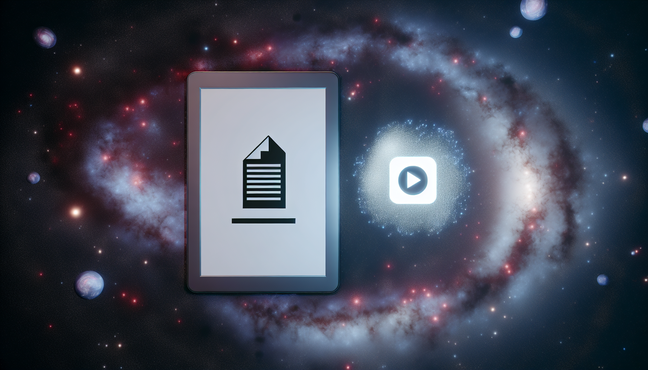The Scuola Normale Superiore di Pisa: A Premier Institution for Higher Education
The Scuola Normale Superiore di Pisa (SNS) is recognized as one of Italy’s foremost institutions for higher education, founded in 1810. It operates with a dual mission: to promote advanced research and to train highly qualified scholars and professionals. The school is dedicated to providing an elite education, focusing on humanities and sciences, and boasts a faculty that includes many prominent figures in academia.
SNS is particularly esteemed for its rigorous selection process, admitting a limited number of students who demonstrate exceptional intellectual capacities. The curriculum emphasizes a multidisciplinary approach, allowing students to explore various fields while engaging in intense research training. Importantly, the small student-to-faculty ratio fosters a personalized educational experience, resulting in a collaborative environment that encourages innovative thought.
Furthermore, the SNS is integrated into the broader Italian higher education landscape, often collaborating with other esteemed institutions. Its alumni network includes several distinguished scholars, researchers, and professionals who contribute significantly to various fields, reinforcing the institution’s reputation both nationally and internationally. The Scuola Normale Superiore’s commitment to academic excellence positions it as a cornerstone of Italy’s educational framework, making it a vital player in shaping the future of higher education in the country.
Importance of Course Descriptions and Syllabi
Course descriptions and syllabi serve as essential tools for potential applicants to grasp the structure and expectations of a course. These documents outline key information, including learning objectives, course materials, and assessment methods, which collectively assist students in evaluating whether the course aligns with their academic and career goals (Course Description).
Understanding the course’s scope is critical; detailed course descriptions help applicants discern the content and skills they will acquire. For instance, a well-defined syllabus typically includes a week-by-week breakdown of topics, ensuring that students are aware of the pacing and workload. This transparency is important for planning purposes and can aid in balancing other commitments.
Furthermore, syllabi often detail evaluation criteria, outlining grading rubrics and assignment types, which contribute to setting clear performance expectations. This clarity fosters better preparedness and can enhance academic success, as students can strategize their study habits and allocate appropriate time for assignments.
In essence, comprehensive course descriptions and syllabi not only provide essential insights into course logistics and expectations but also empower applicants to make informed decisions about their educational journey.
How to Download Course Descriptions and Syllabi
To download the certified course descriptions or syllabi from the Scuola Normale Superiore di Pisa, follow these steps:
- Visit the Official Website: Go to the Scuola Normale Superiore di Pisa’s official website. Navigate to the educational offerings section where course descriptions are listed.
- Select Your Program: Identify and click on the specific program you are interested in. Each program page typically contains detailed information about the courses offered.
- Access Course Details: Within the program page, look for a tab or link labeled ‘Course Description’, ‘Syllabi’, or ‘Curriculum’. This is where you will find the relevant documentation.
- Download the Document: Once you have located the course descriptions, check for a download option, usually presented as a PDF or Word file. Click on the link to download the syllabus directly to your device.
- Contact for Verification: If you encounter any difficulties or if the syllabi are not available online, consider reaching out to the admissions office via email or telephone. They can provide you with the necessary documents or guide you to the correct resources.
For more information or assistance regarding educational programs, you can visit Course Description.
The Grading System at SNS
At SNS (School of Network Studies), the grading system is designed to reflect both academic performance and mastery of subjects. The scale ranges from 1 to 10, where 6 is the minimum passing grade, and grades are often complemented with qualitative assessments. Each course’s grading criteria are clearly outlined in the course descriptions, ensuring transparency for students (Course Description).
The European Credit Transfer and Accumulation System (ECTS) serves as an essential framework for students, facilitating the transfer of credits across Europe. At SNS, each academic year corresponds to a total of 60 ECTS credits, which represents the workload required for a full-time student. This standardization assists prospective students in understanding how their studies at SNS can integrate with academic programs at other institutions within the ECTS framework, thereby enhancing mobility and recognition of studies.
For a deeper understanding of specific course structures and ECTS credit allocation, detailed course descriptions can be found on our website. This resource offers insight into the rigorous academic environment and the expectations placed on students embarking on their educational journey at SNS.
Additional Resources for Applicants
For those seeking further assistance with their applications, we have compiled a range of valuable resources to enhance your experience. A primary source of information can be found at course-description.com, where prospective applicants can access a variety of downloadable materials and detailed descriptions that cater to different application requirements. This site offers comprehensive guides that can help streamline the application process, ensuring that you submit your best work.
Additionally, consider exploring other articles on our website for insights into specific aspects of the application process, such as tips for crafting standout personal statements or navigating different admission procedures.










